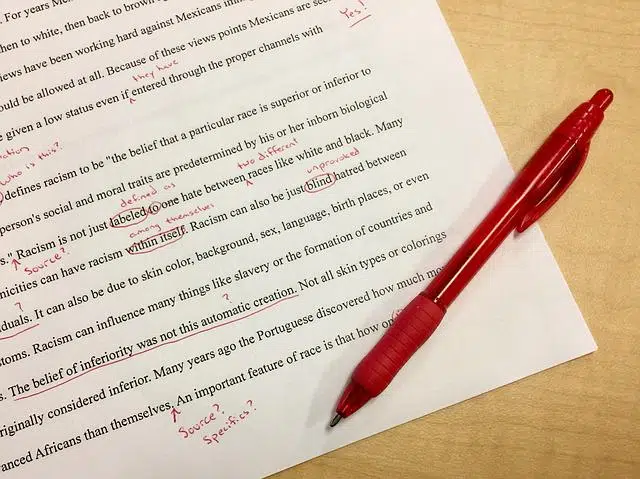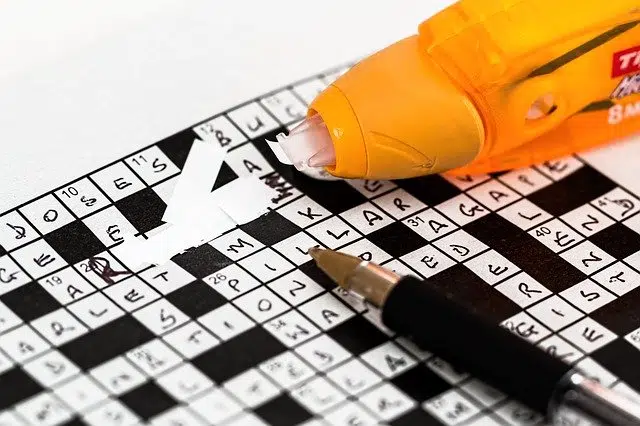
Correcting texts and evaluations is a common task for teachers.
Originating in Latin, the term correction refers to the action and the results of correcting . This verb, for its part, refers to rectifying or reversing a failure or error .
For example: "I must correct this text before sending it to the editor" , "There was a problem in the correction of the book and it was published with a spelling mistake on the first page" , "The correction of the trajectory of the ball was not enough and it ended up entering the goal .
Teacher correction
Also known as correction is the process of control and modification that a person with authority carries out on an evaluation or a text.
In this sense, teachers are in charge of correcting the exams they give to their students, while an editor is the person who is dedicated to correcting the articles written by a writer or a journalist: «The correction of the exam will be ready for tomorrow" , "I'm tired of the correction being so strict" .

When something is corrected, its errors are rectified.
Style review
A proofreader is someone who is given a work before it is published so that he can make the changes he needs to make it well finished; It is an essential profession in the publishing market, although little recognized and even ignored.
This professional is not a writer who takes another's work and embellishes it; Their work consists of studying and improving typographical and grammatical aspects , that is, polishing issues of syntax and grammar and all those details that prevent the work from being read cleanly or that prevent its understanding . Their work is essential to achieve a good finish to the works, fundamentally because the writer is the worst proofreader for his own work, since while he analyzes concepts that have to do with style, he also observes other aspects of the story (characters, events , etc) and then you may not notice small details that deserve to be reviewed. Furthermore, as we all know, four eyes always see more than two.
In addition, the copyeditor has to notice inconsistencies or contradictions in the text, such as a character starting out called one thing and then having his name changed (the author will modify it on all pages but it is normal for him to miss it). some page), or that by reversing the order of the chapters details escape and for example at one point an event that will happen in the future is mentioned. The proofreader must read carefully, analyze the facts and understand what things need to be modified so that the text has a more presentable finish.
Orthotypographic correction
In orthotypographic correction, professionals use a series of symbols to mark the necessary changes on the work and subsequently make them from the computer; In this way, organized and detailed work can be carried out.
It is normal that when a writer presents his work to a publisher, they ask for a style correction in order to ensure that the text has been reviewed correctly. In many cases, the publishers themselves have proofreaders who are in charge of carrying out this task, although sometimes it is the authors themselves who look for a proofreader and are in charge of returning the well-finished work to the publisher .
Spelling and style correction, in short, allows a good work written in an inconvenient way to be modified so that readers understand it better and enjoy it; In many cases, the work of proofreaders is essential for texts to be accepted and published by a publisher.
The quality of who is correct and a figure of speech
Correctness is, on the other hand, the quality or main characteristic of who is correct . That is why it allows us to name that or that which lacks faults or flaws: "Carlos has behaved very correctly," "The book did not deserve any correction from me."
In rhetoric , correction (also called epanortosis ) is a figure that is used when, after having pronounced an expression, a different one is postulated to amend the previous thing or expand the notion: "You are very intelligent, what am I saying, you are a true genius." » .
It may be mentioned, finally, that "Corrección" is an engraving by the Spanish artist Francisco de Goya , which was published in 1799 as part of the series called "Los Caprichos" .
